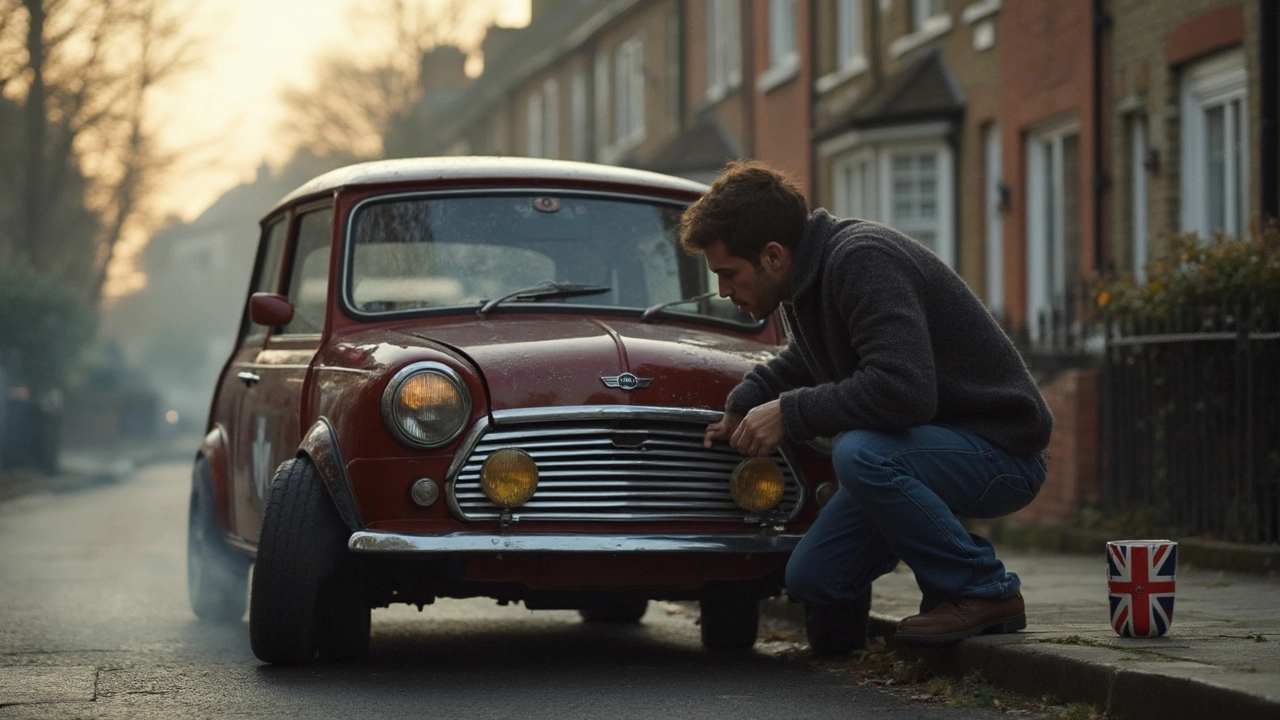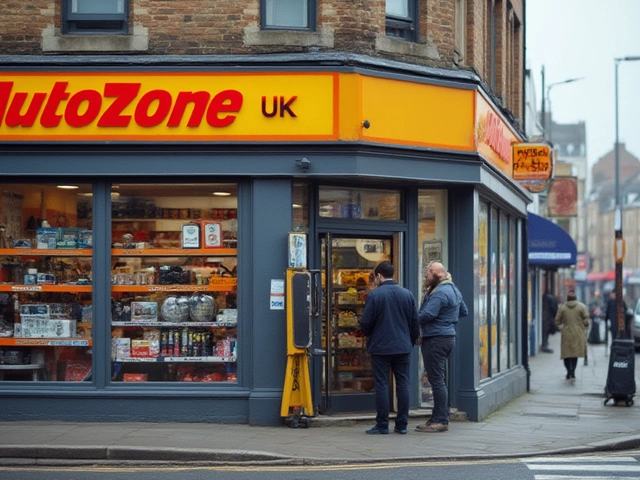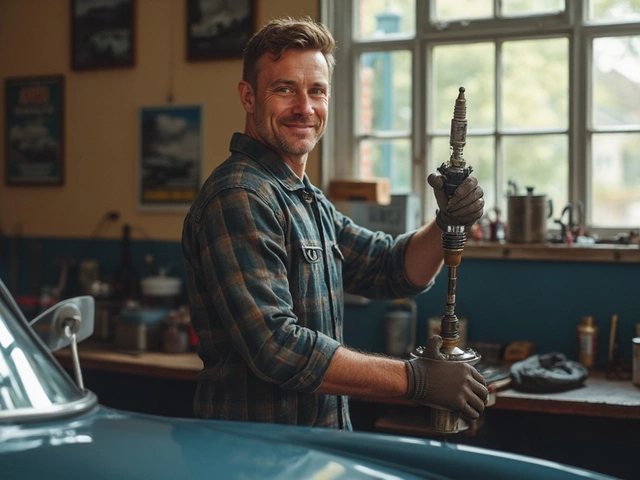Car Clutch Problems – What’s Wrong and How to Fix It
If you drive a manual car, the clutch is the link between the engine and wheels. When it starts to act up, every drive can feel like a chore. Below you’ll find the most common signs, what they mean, and when you should get help.
Spotting the Symptoms
First thing you’ll notice is a change in how the gearshift feels. A slipping clutch lets the engine rev but the car won’t pick up speed. That’s a red flag. You might also hear a grinding noise when you try to shift, or the pedal could feel unusually soft or hard.
A burning smell is another warning sign. It usually means the clutch disc is overheating from too much friction. If the smell lingers after a short drive, it’s time to check it out. Finally, if you have to push the clutch pedal all the way to the floor just to get into gear, the pressure plate might be worn.
When to Repair or Replace
Minor issues, like a misadjusted linkage, can often be fixed at home with a simple adjustment. But if the disc is worn, the friction material is thin, or the flywheel shows cracks, you’ll need a replacement. Replacing a clutch isn’t cheap, but ignoring a bad clutch can damage the transmission and leave you stranded.
If the problem started after aggressive driving or frequent hill starts, a Stage 2 clutch kit might be worth considering. These kits give stronger grip and can handle higher torque, but they’re best for enthusiasts who know how to break them in properly.
Before you decide, get a quick diagnosis from a local shop. At Northwich Tyres Centre we can test the clutch, check the fluid, and give you a clear price. They’ll tell you if a simple repair will do or if it’s time for a full clutch replacement.
Driving with a failing clutch is risky. A slipping clutch can reduce braking ability, especially on steep hills. A completely burnt clutch could lock the transmission, making the car impossible to move. If you notice any of the symptoms above, book a check‑up sooner rather than later.In the meantime, avoid riding the clutch pedal and try to shift gears smoothly. Keep the revs low when you’re starting on hills, and give the clutch a break on long downhill runs. Simple habits can extend the life of the clutch and save you money.
Remember, the clutch is a wear item. Even with careful driving, it will need replacement after several thousand miles. Regular inspections keep surprises to a minimum and keep your car running safely.
 29 June 2025
29 June 2025
How to Tell If Your Clutch Is Slipping: Clear Signs & Fixes
Learn how to spot a slipping clutch, why it happens, and what you can do once you notice the signs. Get practical tips from a car lover who’s been there.
Latest Posts
-

How Often Should a Clutch Be Replaced? Real-World Mileage and Signs of Wear
-

Should You Tip at AutoZone? Etiquette, Facts & Real Tips Explained
-

Should You Replace Both Windshield Wipers? Expert Advice for Drivers
-

Is It Cheaper to Buy Brake Pads Yourself?
-

Replace Spark Plugs Yourself: A Handy DIY Guide

0